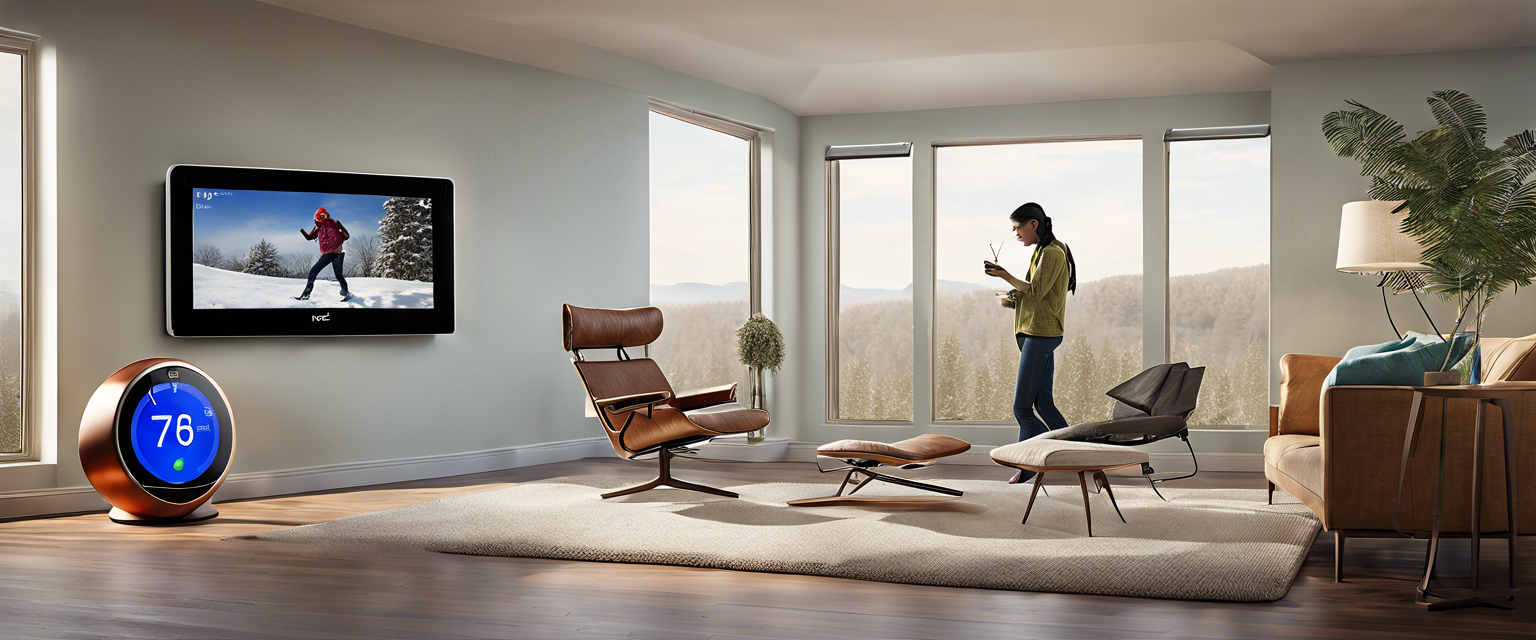Troubleshooting Windows PC Boot Issues
Having your Windows PC start up is something that’s normally taken for granted — until it pauses mid-boot. You may be faced with a serious problem that needs some serious troubleshooting. This guide will provide essential troubleshooting steps and techniques you can use for common boot-up problems.
Backup Your Data
A reminder: sometimes you might need to replace or reformat your main Windows drive when booting issues occur, so it’s essential always to have all your files and folders safely backed up.
Windows Won't Load
If your computer starts up normally but won't load Windows, the problem could be hardware-related, like a defective storage drive, or it could be fixed with built-in Windows tools. Here’s how to troubleshoot:
-
Power Cycle Your PC:
- Power down the PC by pressing and holding the power button.
- Remove all peripherals (except the keyboard, mouse, and monitor on a desktop).
- Wait five minutes.
- Boot up the PC by pressing the power button again.
- If the above does not work, try accessing the Windows Recovery Environment (WinRE):
- Start your computer and hold the power button for about 10 seconds as the boot process begins.
- Repeat this process two more times.
- In the third boot, you should enter WinRE.
Black Screen of Death
If your computer powers on but displays a completely black screen, try the three-boot method mentioned above to access WinRE. Alternatively, restart your video driver by pressing Windows + Ctrl + Shift + B. First, check your brightness settings and verify that all connections are secure.
Accessing Safe Mode
To launch Windows in Safe Mode:
- Select Advanced Options.
- Click on Startup Settings.
- Restart and tap 5 for Safe Mode with Networking.
Safe Mode starts Windows with minimal drivers and settings. If successful, consider rolling back recent updates or uninstalling newly added software.
Use Startup Repair
If you cannot access Safe Mode, attempt the Startup Repair option from the WinRE Troubleshoot menu. It will try to fix any corrupted boot settings.
More WinRE Options and BIOS/UEFI Troubleshooting
If the booting issues persist, you may need to access the BIOS/UEFI settings. Here's how:
- Restart your PC and tap the designated key (often F2 or Del) during boot to enter BIOS/UEFI.
- Check if your hard drives are recognized. If not, reset BIOS/UEFI to the default settings.
Should Windows still not load, consider reinstalling Windows. This option may be visible as Reset this PC under Troubleshoot in WinRE, allowing you to either keep your files or remove everything.
Creating Installation Media
If you do not see the reset option, you can borrow another Windows PC to create installation media on a USB or DVD. Follow the instructions from Microsoft to create a bootable drive and install Windows from it.
Possible Hardware Failure
If all troubleshooting methods fail, you may be facing a hardware failure. When pressing the power button has no response, the issue may lie with the motherboard or power supply. If you hear beeping sounds, consult your motherboard's manual to identify the error codes. For component replacement, resources like iFixit can guide you.
Conclusion
Booting problems with Windows PCs can be frustrating, but following the steps above can help you diagnose and potentially fix your issues. Always remember to keep backups of important files to safeguard against data loss.



Hinterlasse einen Kommentar
Alle Kommentare werden vor der Veröffentlichung geprüft.
Diese Website ist durch hCaptcha geschützt und es gelten die allgemeinen Geschäftsbedingungen und Datenschutzbestimmungen von hCaptcha.